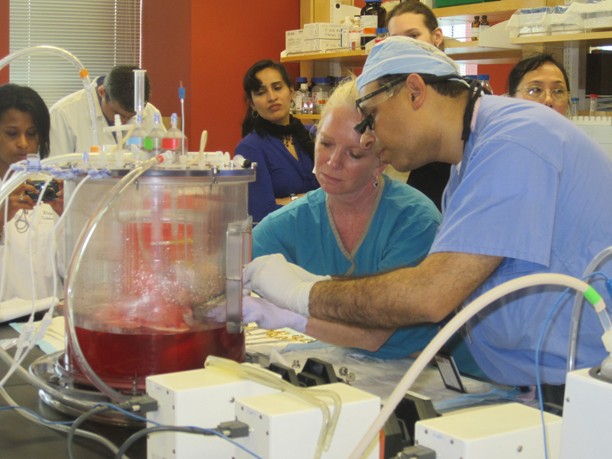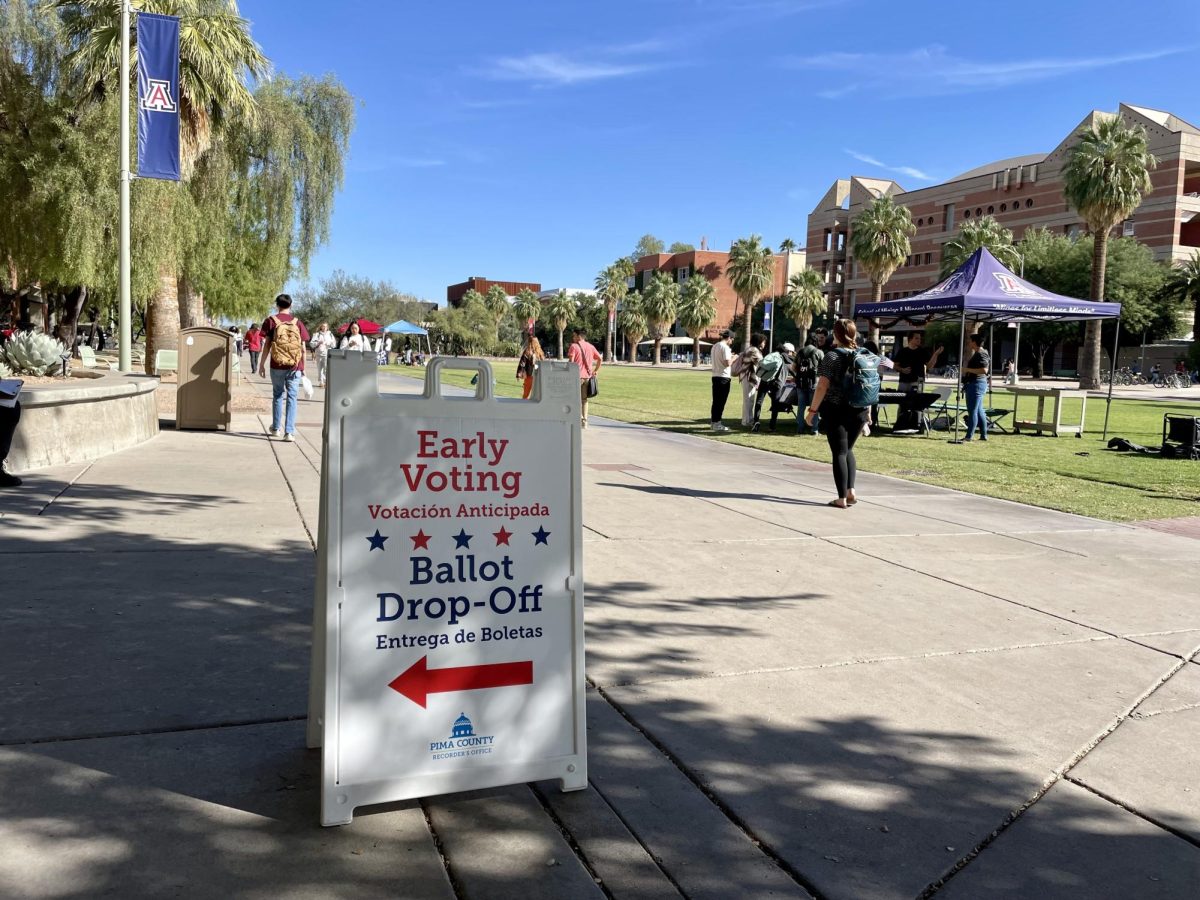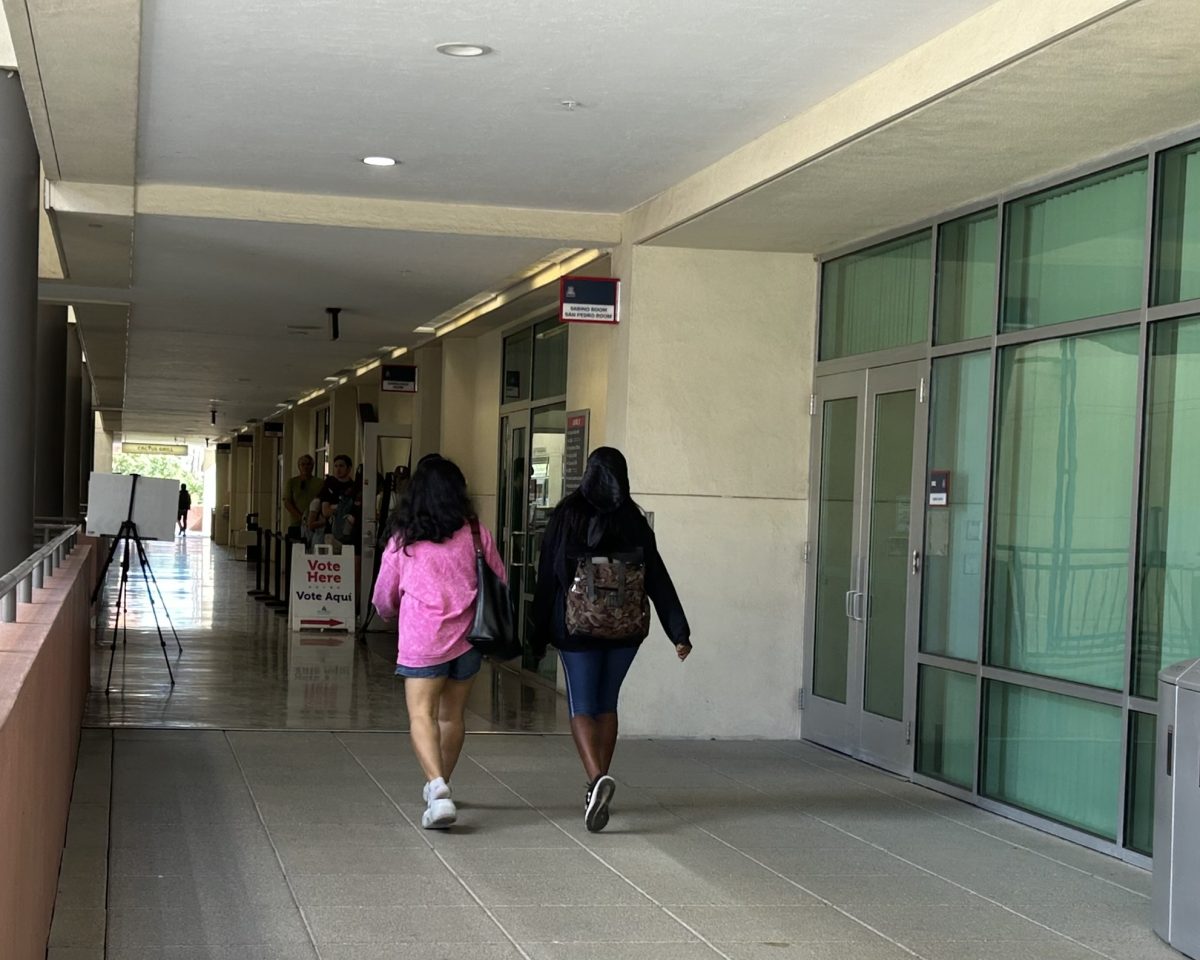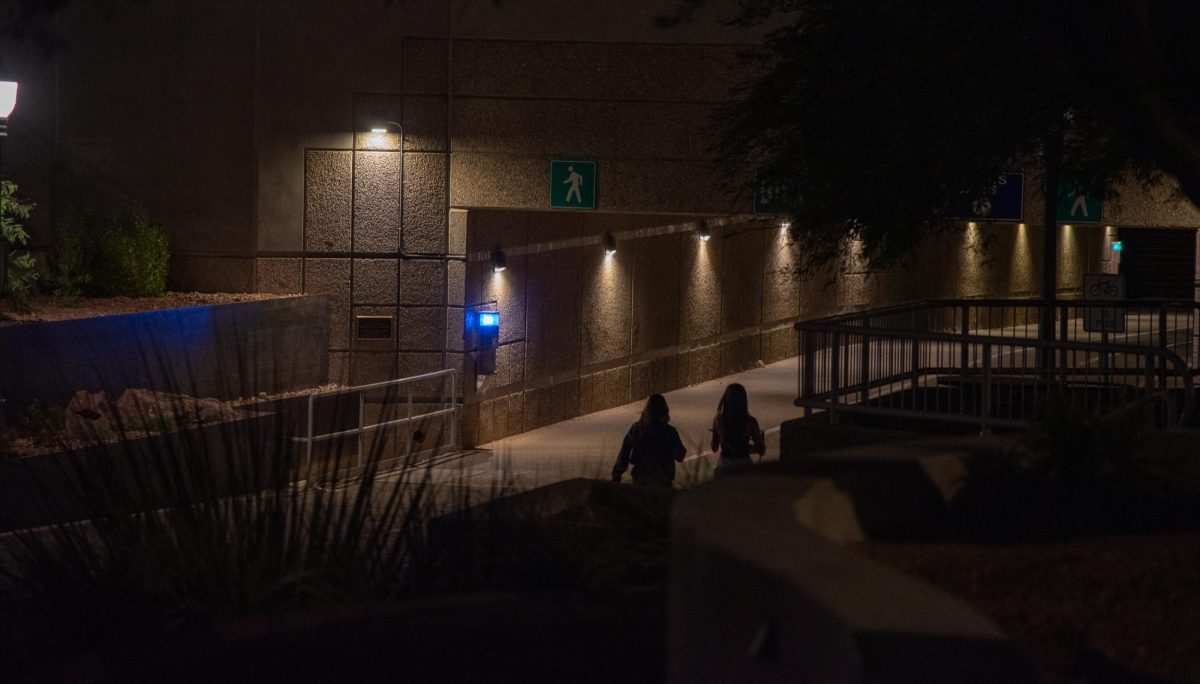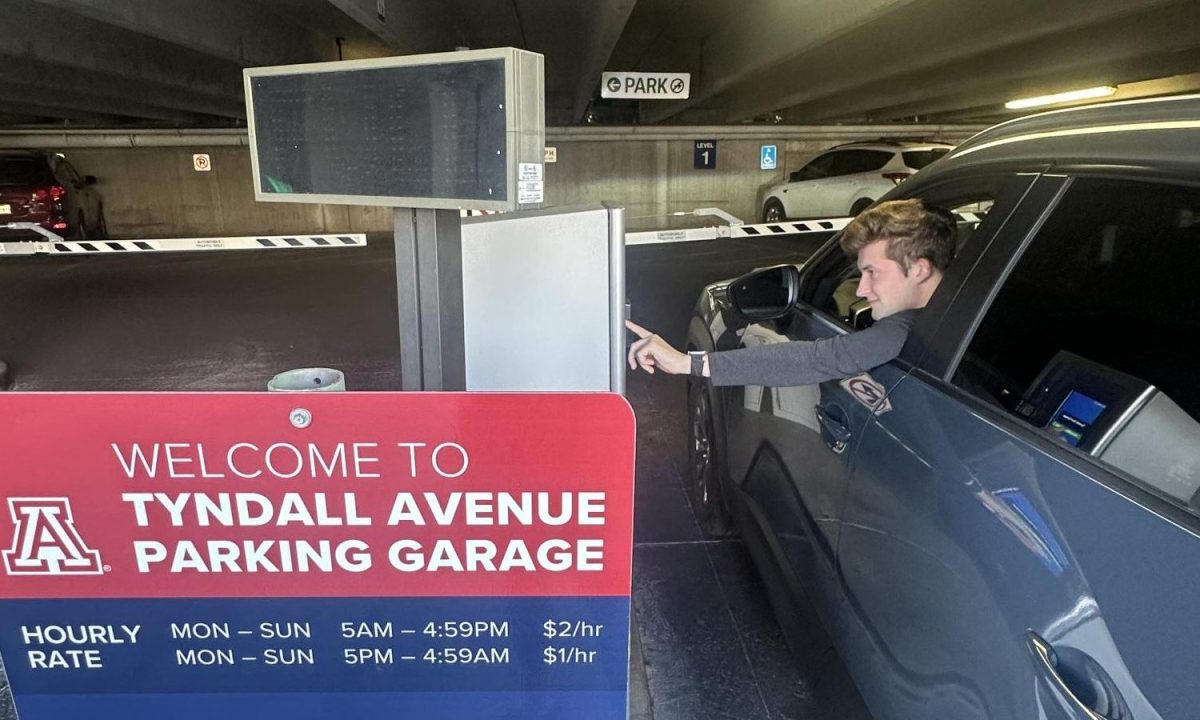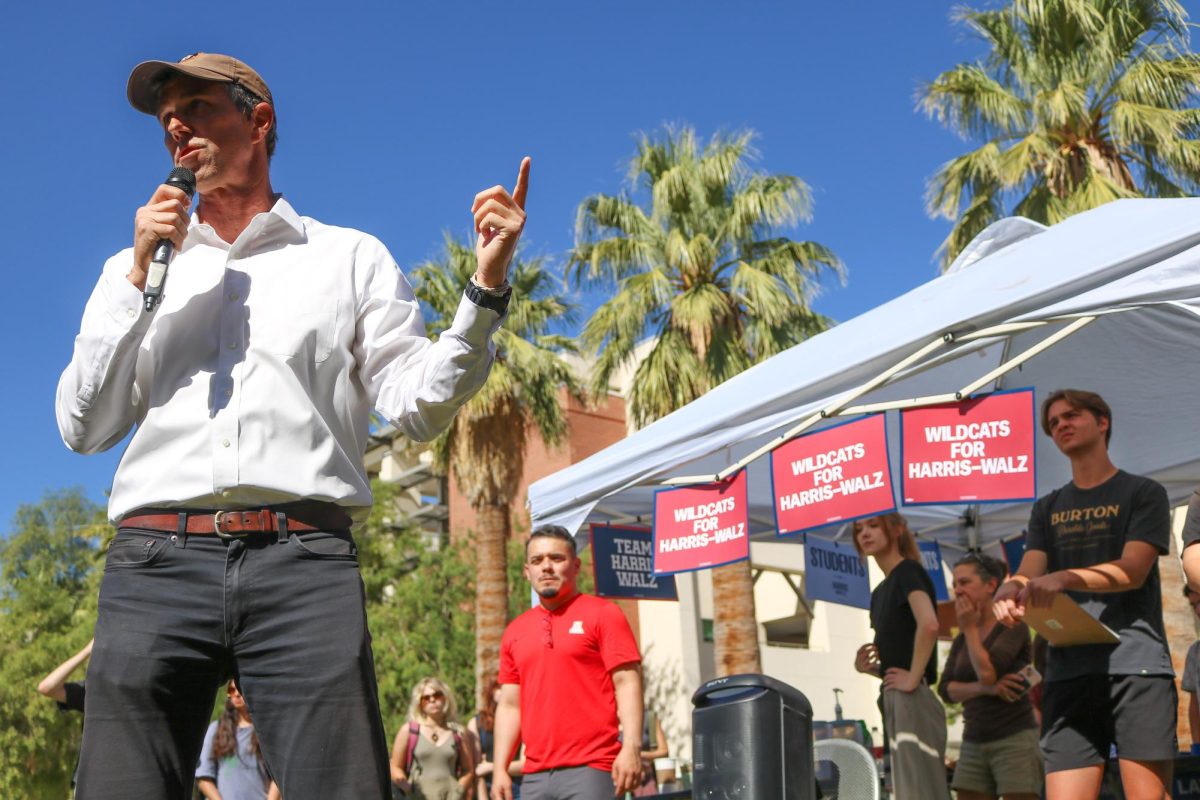A UA surgeon is looking to revolutionize organ transplants.
Dr. Zain Khalpey, a UA cardiothoracic surgeon, associate professor and director of clinical and transplantation research, is exploring ways to regenerate, recondition or create new organs.
Khalpey hopes to create techniques that will drastically change the way the medical field treats and conducts organ transplantation.
“One of the key problems is trying to replete the donor pool, which is ever-shrinking,” Khalpey said. “I’ve been trying to tackle this whole idea ever since I fell in love with doing transplants.”
Khalpey was born in Africa and earned his medical education in the U.K. He studied all across Europe and the U.S. before settling down at the UA to focus on his organ transplantation research. He is looking at three major areas: “bridge to regeneration,” organ reconditioning and organogenesis, the creation of new organs.
“Bridge to regeneration” looks to reduce the number of people who need heart transplants by refining stem cell treatments for failing hearts. Currently, mechanical devices known as ventricular assist devices are used as a “bridge to transplant” in patients who need heart transplants to keep their hearts functioning while they wait for a donor.
Inspired by this technique, Khalpey said he hopes to evolve it into “a bridge to regeneration” by using those same devices to regenerate failing hearts with stem cell injections.
He is now involved in clinical trials and studies researching ways to improve the entire stem cell injection process.
“As we are making progress in certain areas, we have to understand that we are not dealing with just one cell type, but that these different cell types have to work and interact with each other and that’s where the problem right now lies,” said Rainer Gruessner, head of the UA department of surgery.
Khalpey is also researching organ reconditioning, which focuses on increasing the number of donor lungs available for patients by taking donor lungs that would be discarded due to defects and healing them for transplant.
“There are a lot of organs being wasted unnecessarily which could otherwise be resuscitated to improve the integrity of the organ prior to transplant,” Khalpey said.
Khalpey is in the process of creating the UA’s Ex Vivo Lung Program, which will look at new ways to
recondition lungs that were donated after death using devices and drugs to manipulate the organ and make it fit for transplant.
The technique will be put to the test this summer when the UA serves as the site for the Expand trial, which will compare the survival rate of reconditioned lungs versus normal lungs when transplanted.
“I don’t like mice experiments. I want to do it on human tissue so that we can take that jump even though all the mechanisms have not been answered,” Khalpey said. “I think there has to be somebody who can actually push the limits to try to make that happen.”
Khalpey is looking to create successful organogenesis, the growth of new organs, by combining an unusable donor organ with the transplant patient’s own stem cells in the near future and creating whole new human hearts and lungs using a 3-D bioprinter in the long run.
The 3-D printer has been used in fields like architecture and dentistry to make models and dental crowns; recently, the same 3-D technology has been used in the medical field to create organs, such as a bladder that was successfully transplanted into a patient in 2007. Khalpey hopes to use this technology to someday create human hearts and lungs.
“It is going to happen in my lifetime,” Khalpey said. “The reconditioning of lungs is happening already. They are waiting for the FDA [Food and Drug Administration] to approve and we will hear in 30 days. We can go clinical in six months, and then with the regeneration, where you take somebody’s stem cells and you inject them into their heart, is already happening in various clinical trials.”
Khalpey said his ultimate goal is to give patients in need of transplants more opportunities to quickly receive the organ they need.
“It would be a paradigm shift for every patient in failure, better quality of life, better improvement,” Khalpey said.
While this research is very specific and knowledge-based, Khalpey was persistent in asserting his invitation to students to come learn more about his research and even get involved.
“Any student who is interested and has a burning desire to expand their mind and think organically out of the box and wants to get involved, I am very happy to talk to them, because that is how you expand your mind,” Khalpey said. “We can certainly furnish all the cool things that we have and break them down into small projects to make everybody at least feel as [if] they are a part of it.”



